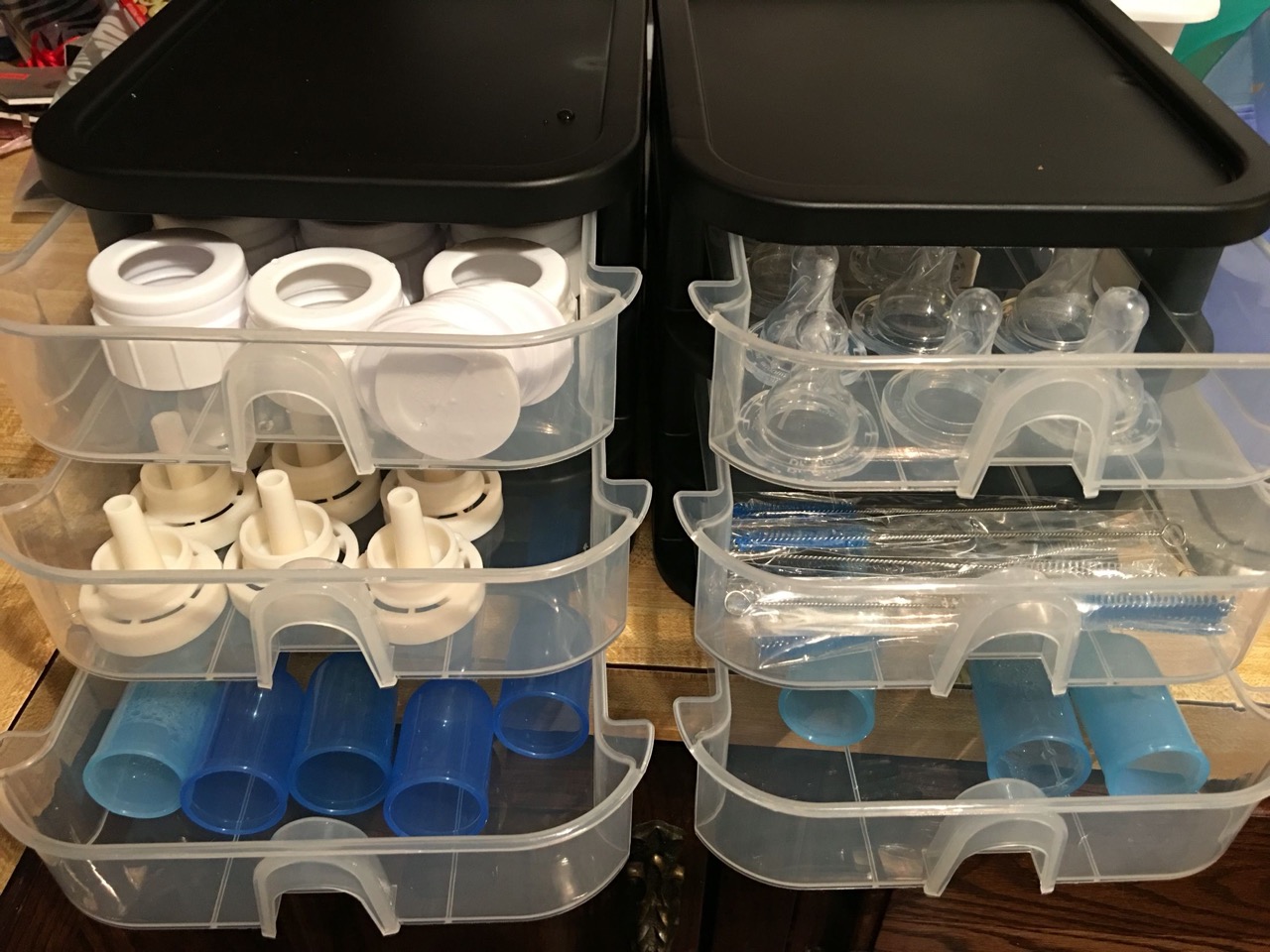

Articles
How To Store Baby Bottles
Modified: January 7, 2024
Learn the best articles on how to store baby bottles properly to ensure your little one's safety and hygiene. Find expert tips and advice here!
(Many of the links in this article redirect to a specific reviewed product. Your purchase of these products through affiliate links helps to generate commission for Storables.com, at no extra cost. Learn more)
Introduction
When it comes to caring for your little one, ensuring their bottles are stored properly is essential. Proper storage not only maintains the cleanliness and hygiene of the bottles but also helps preserve the quality of the milk or formula stored inside. In this article, we will guide you through the process of storing baby bottles to ensure their safety and freshness.
Whether you are a new parent or have been caring for babies for a while, you know that cleanliness is of utmost importance. Cleaning the baby bottles thoroughly is the first step towards proper storage. By removing any residual milk or formula, you can prevent the growth of bacteria and ensure that the bottles are ready for use at any time.
Once the bottles are cleaned, drying them properly is crucial. Moisture can promote the growth of bacteria, so it’s important to ensure that the bottles are completely dry before storing them. There are a few different methods to consider for efficient drying, which we will discuss in detail later in this article.
Choosing the right storage option for your baby bottles is another crucial step. Whether you prefer the convenience of the refrigerator or opt for room temperature storage, there are various factors to consider in order to maintain the quality of the bottles and the milk or formula inside.
In this comprehensive guide, we will cover different storage options and provide step-by-step instructions for keeping your baby bottles safe and fresh. From storing in the refrigerator to room temperature storage and even on-the-go options for travel, you will find all the information you need to ensure the proper storage of your baby bottles.
So, let’s dive into the details and learn how to store baby bottles effectively to provide your little one with clean, safe, and nourishing feeding experiences.
Key Takeaways:
- Properly cleaning, drying, and storing baby bottles is crucial for maintaining hygiene and freshness. Follow specific guidelines for each step to ensure safe and nourishing feeding experiences for your little one.
- Whether storing in the refrigerator, at room temperature, or for travel, choosing the right storage method is essential. Label and date bottles, follow manufacturer’s instructions, and prioritize cleanliness to maintain bottle quality and safety.
Read more: How To Store Clean Baby Bottles
Step 1: Cleaning the Baby Bottles
Cleaning the baby bottles thoroughly is the first and most crucial step in ensuring their safety and hygiene. By removing any leftover milk or formula residue, you can prevent the growth of bacteria and keep the bottles clean for your little one’s use.
Here’s a step-by-step guide on how to clean baby bottles effectively:
- Dismantle the Bottle: Start by disassembling the bottle into its individual components, including the bottle, nipple, collar, and any other removable parts. This allows for a more thorough cleaning.
- Rinse with Warm Water: Rinse all the bottle components with warm water to remove any visible debris or leftover milk. Be sure to rinse each item separately to ensure cleanliness.
- Use a Bottle Brush: To remove any stubborn residue or film, use a bottle brush that is specifically designed for cleaning baby bottles. Apply a small amount of dish soap to the brush and gently scrub the inside and outside of the bottle, as well as the nipple and collar.
- Pay Attention to Nipple Cleaning: Pay extra attention to cleaning the nipple thoroughly, as milk or formula residue can get trapped inside its small openings. Use the bottle brush or a nipple brush to clean the nipple, making sure to rinse it thoroughly afterward.
- Sanitize the Bottles: Once the bottles are cleaned, it’s important to sanitize them to eliminate any unseen bacteria. You can sanitize the bottles by boiling them in a pot of water for 5 minutes or by using a baby bottle sterilizer, following the manufacturer’s instructions.
- Dry the Bottles: After sanitizing, allow the bottles to air dry completely. Placing them upside down on a clean dish towel or a designated bottle drying rack helps to ensure that they dry thoroughly.
- Reassemble the Bottle: Once the bottles are completely dry, reassemble them by attaching the nipple, collar, and any other parts that were taken apart. Ensure that everything is securely tightened.
Remember, it is recommended to wash the baby bottles after each use, even if they appear to be clean. By following these steps, you can ensure that your baby’s bottles are thoroughly cleaned and ready for safe and healthy feeding.
Step 2: Drying the Baby Bottles
Properly drying the baby bottles after cleaning is essential to prevent the growth of bacteria and ensure that they are ready for use. Excess moisture can create an ideal breeding ground for bacteria, so it’s important to dry the bottles thoroughly. Here are some effective methods for drying baby bottles:
- Air Drying: The most common and recommended method is air drying. After cleaning the bottles, place them upside down on a clean dish towel or a designated bottle drying rack. This allows any excess water to drain out and allows air circulation to dry the bottles naturally. Make sure that the bottles are placed in a well-ventilated area.
- Towel Drying: If you need to use the bottles immediately and cannot wait for them to air dry, you can use a clean, lint-free towel to dry them manually. Gently pat the inside and outside of the bottles, as well as the nipple and collar, to remove any remaining moisture.
- Sterilizer or Bottle Warmer Drying: Some sterilizers and bottle warmers have a drying function. If your sterilizer or bottle warmer has this feature, you can use it to dry the bottles after cleaning. Follow the manufacturer’s instructions for proper usage.
- Separate Components: Remember to separate the bottle components, such as the bottle, nipple, collar, and any other removable parts, for thorough drying. This ensures that all parts are completely dry before reassembling the bottle.
- Avoid Using Cloth or Paper Towels: While it may be tempting to use a cloth or paper towel to dry the bottles, it’s best to avoid them as they can leave behind fibers or particles. Stick to using clean dish towels or designated bottle drying racks.
By drying your baby bottles properly, you can minimize the risk of bacteria growth and ensure that your little one’s bottles are safe and clean for every feeding. Remember to allow the bottles to dry completely before storing them to maintain their hygiene and quality.
Step 3: Choosing the Right Storage Option
Once you have cleaned and dried the baby bottles, the next step is to choose the right storage option. The method you choose will largely depend on your needs, lifestyle, and the amount of time you plan to store the bottles. Here are some common options for storing baby bottles:
- Refrigerator: Storing baby bottles in the refrigerator is a popular choice as it helps keep the milk or formula fresh for a longer period of time. To store bottles in the refrigerator, make sure they are securely sealed with an airtight cap or lid. It’s best to use the back of the refrigerator where the temperature is more consistently cool.
- Room Temperature: If you plan to use the bottles within a few hours, storing them at room temperature may be an option. However, keep in mind that this is only suitable for short-term storage. Ensure that the bottles are kept in a clean and dry area away from direct sunlight or heat sources.
- Sterilizer or Bottle Warmer: Some sterilizers or bottle warmers also double as storage options. If your sterilizer or bottle warmer has a dedicated storage compartment, you can use it to store the bottles until they are ready to be used. Always refer to the manufacturer’s instructions for proper usage.
- Travel Containers: If you frequently travel with your baby, investing in travel containers specifically designed for baby bottles can be a convenient option. These containers are usually compact, leak-proof, and provide insulation to keep the bottles at the desired temperature.
When choosing the right storage option, consider factors such as the duration of storage, convenience, and the specific needs of your baby. It’s also important to label the stored bottles with the date to ensure that you use them within the recommended timeframe.
Remember, regardless of the storage method you choose, always prioritize the cleanliness and hygiene of the bottles. Regularly check for any signs of contamination or damage, and discard any bottles that show signs of wear or have been stored for too long.
By selecting the appropriate storage option, you can maintain the quality and safety of your baby’s bottles, ensuring that they are ready for use whenever your little one needs them.
Step 4: Storing Bottles in the Refrigerator
Storing baby bottles in the refrigerator is a popular choice as it helps prolong the freshness of the milk or formula. By following a few simple steps, you can ensure that the bottles are stored safely and that the contents remain at the appropriate temperature. Here’s how to store baby bottles in the refrigerator:
- Clean and sterilize: Before storing the bottles in the refrigerator, ensure that they have been cleaned and sterilized properly. This helps prevent the growth of bacteria and maintains the hygiene of the bottles.
- Choose the right container: Place the cleaned bottles in a clean and airtight container, such as a plastic or glass container with a lid. This prevents any contamination from other items in the refrigerator and helps maintain the freshness of the bottle contents.
- Label and date: It’s essential to label each bottle with the date it was expressed or prepared. This ensures that you use the bottles within the recommended timeframe, usually 24-48 hours. Use a waterproof marker or labels to make the dates easily visible.
- Store at the optimal temperature: In most refrigerators, the back of the middle shelf provides a more consistent cool temperature. Place the container with the bottles in this area to maintain the desired temperature for storing the bottles. Avoid storing them in the refrigerator door, as it can expose them to temperature fluctuations when the door is opened and closed.
- Keep the bottles away from strong odors: Ensure that the container with the bottles is placed away from strong-smelling foods or substances in the refrigerator. This prevents the transfer of odors to the bottles and helps maintain their integrity.
- Use within the recommended timeframe: It’s important to use the refrigerated bottles within the recommended timeframe to ensure the safety and freshness of the milk or formula. Do not exceed the specified storage limit, as it can lead to spoilage or the growth of harmful bacteria.
When it’s time to use the refrigerated bottles, give them a gentle swirl to mix any separation that may have occurred. Test the temperature by placing a drop on your wrist to ensure that it’s not too hot or too cold for your baby. If there are any signs of spoilage or the milk or formula smells off, discard the bottle immediately.
By following these steps, you can safely store baby bottles in the refrigerator, ensuring that the milk or formula remains fresh and ready for your little one’s feeding needs.
After washing baby bottles, store them upside down on a clean dish towel to air dry. This helps prevent any water from pooling inside the bottles and reduces the risk of bacterial growth.
Read more: How To Store Sterilized Baby Bottles
Step 5: Storing Bottles at Room Temperature
Storing baby bottles at room temperature is a convenient option when you plan to use them within a few hours. While it’s not suitable for long-term storage, proper handling and storage practices can help maintain the safety and freshness of the milk or formula. Here’s how to store baby bottles at room temperature:
- Clean and sterilize: Before storing the bottles at room temperature, make sure they have been thoroughly cleaned and sterilized. This helps eliminate any potential bacteria and ensures the bottles are safe for use.
- Use within a few hours: Room temperature storage is best for short-term use, typically within 2-4 hours after preparation. It’s important to use the bottles before the expiration time frame to prevent the risk of bacterial growth or spoilage.
- Keep in a clean and dry area: Choose a clean and dry area away from direct sunlight, heat sources, or areas with strong odors. This helps maintain the integrity of the milk or formula inside the bottles and prevents contamination.
- Ensure proper sealing: After filling the bottles with milk or formula, securely cap each bottle with an airtight lid or cap. This helps maintain the freshness and prevents any spills or leaks.
- Label and date: It’s important to label each bottle with the date and time of preparation. This helps you keep track of the bottles and ensures that you use them within the recommended time frame.
- Monitor temperature: Regularly check the room temperature to ensure it remains within a safe range (usually between 68-77°F or 20-25°C). Avoid placing the bottles near sources of heat or in areas with fluctuating temperatures.
- Discard unused bottles: If there are any unused bottles after the recommended time frame, it’s best to discard them. This prevents the risk of bacterial growth or contamination and ensures your baby’s safety.
Remember, room temperature storage is not suitable for extended periods, as it can compromise the safety and freshness of the milk or formula. If you need to store bottles for a longer duration, it’s recommended to use the refrigerator or other appropriate storage methods.
By following these steps, you can confidently store baby bottles at room temperature for short periods, ensuring that your little one’s feeding needs are met safely and conveniently.
Step 6: Storing Bottles in a Sterilizer or Bottle Warmer
If you own a sterilizer or bottle warmer that has a dedicated storage compartment, you can utilize this feature to store the baby bottles. This method provides convenience and ensures that the bottles are kept in a clean and controlled environment. Here’s how to store baby bottles in a sterilizer or bottle warmer:
- Clean and sterilize: Before storing the bottles in the sterilizer or bottle warmer, make sure they have been thoroughly cleaned and sterilized. This ensures the bottles are free from any bacteria and safe for your baby’s use.
- Prepare the sterilizer or bottle warmer: Follow the manufacturer’s instructions to set up the sterilizer or bottle warmer for storage. Ensure that the unit is clean and dry before proceeding.
- Place the bottles in the storage compartment: Insert the cleaned and sterilized bottles into the designated storage compartment of your sterilizer or bottle warmer. Ensure that the bottles are securely positioned and won’t tip over or get damaged.
- Check for appropriate sealing: Ensure that the storage compartment has a tight-fitting lid or cover to prevent any contamination or exposure to air. This helps maintain the cleanliness and integrity of the bottles and their contents.
- Label and date: It’s important to label each bottle with the date and time of storage. This helps you keep track of the bottles and ensures that you use them within the recommended time frame.
- Keep in a clean and dry area: Place the sterilizer or bottle warmer with the stored bottles in a clean and dry area, away from direct sunlight, heat sources, or areas with strong odors. This helps maintain the quality and safety of the bottles.
- Follow storage guidelines: Depending on the manufacturer’s recommendations, the sterilizer or bottle warmer may have specific guidelines for storage duration. It’s important to adhere to these guidelines to ensure the safety and freshness of the bottles.
- Regularly check and clean: Periodically check the sterilizer or bottle warmer to ensure that it remains clean and free from any buildup or residue. If necessary, clean the unit according to the manufacturer’s instructions to maintain its functionality.
By utilizing the storage compartment of your sterilizer or bottle warmer, you can conveniently store baby bottles in a clean and controlled environment. Remember to follow the manufacturer’s instructions and guidelines for proper usage and ensure that the bottles are used within the recommended time frame to maintain their safety and quality.
Step 7: Storing Bottles for Travel
When traveling with your baby, proper storage of the baby bottles is essential to ensure that they remain safe, clean, and at the right temperature. Whether you’re going on a short outing or a long journey, here are some tips for storing baby bottles during travel:
- Preparation is key: Before you start your journey, clean and sterilize the baby bottles as usual. This ensures that they are ready for use and free from any bacteria or contamination.
- Choose travel-friendly containers: Invest in travel containers specifically designed for baby bottles. These containers are compact, leak-proof, and usually insulated to help maintain the desired temperature of the bottles.
- Store room temperature bottles: If you plan to use the bottles within a few hours, you can safely store them at room temperature during your travel. Ensure that they are placed in a clean and dry area of your diaper bag or carry-on.
- Refrigerate bottles for longer trips: If you’re embarking on a longer journey and need to store the bottles for an extended period, consider using an insulated cooler bag or a mini cooler with ice packs. This helps keep the bottles at a safe temperature until you need them.
- Pack extra bottles: It’s always a good idea to pack extra bottles in case of unexpected delays or emergencies. This ensures that you have enough bottles on hand without having to rely on washing and sterilizing during your travels.
- Keep supplies organized: Use separate compartments or pouches within your diaper bag or carry-on to keep the bottles, nipples, and other feeding accessories organized and easily accessible. This saves you from rummaging through your bag when it’s time to feed your baby.
- Label and date: To keep track of the bottles, label each one with the date and time of preparation. This helps ensure that you use them within the recommended time frame and avoid any potential risks.
- Check temperature before feeding: Before feeding your baby, always check the temperature of the stored bottle by placing a drop on your wrist. This helps ensure that it’s at a safe and comfortable temperature for your little one.
Remember to maintain good hygiene practices during travel. Wash your hands before handling the bottles and use clean utensils or wipes to prepare the bottles if necessary.
By following these steps, you can safely store and transport baby bottles during your travels, ensuring that your baby’s feeding needs are met even on the go.
Conclusion
Properly storing baby bottles is essential for maintaining their cleanliness, hygiene, and the quality of the milk or formula inside. By following the steps outlined in this article, you can ensure that your little one is always provided with safe and fresh bottles for feeding.
Starting with Step 1, the thorough cleaning of baby bottles ensures the removal of any residue and helps prevent the growth of bacteria. Step 2, the proper drying of the bottles, minimizes the risk of bacterial growth caused by excess moisture. Step 3 involves choosing the right storage option based on your needs and the duration you plan to store the bottles.
Step 4 discusses storing bottles in the refrigerator, which helps maintain the freshness of the milk or formula for an extended period. Step 5 covers storing bottles at room temperature for shorter periods, ensuring convenience when you need to use them within a few hours.
Step 6 delves into using a sterilizer or bottle warmer for storage, providing a clean and controlled environment for your baby bottles. Lastly, Step 7 highlights the importance of properly storing bottles for travel, allowing you to feed your baby conveniently even when you’re on the go.
Remember to follow the specific guidelines of bottle manufacturers, sterilizers, and bottle warmers for cleaning and storage. Labeling and dating the bottles ensure that you use them within the recommended time frame, minimizing the risk of spoilage or contamination.
By taking the necessary steps to clean, dry, and store baby bottles correctly, you can provide your little one with a safe and hygienic feeding experience. Ensure that you regularly check the bottles for any signs of wear or damage, and discard any bottles that no longer meet the necessary standards.
With these practical tips and guidelines, you can confidently navigate the world of baby bottle storage and ensure that your child always receives the nourishment they need in the healthiest and safest way possible.
Frequently Asked Questions about How To Store Baby Bottles
Was this page helpful?
At Storables.com, we guarantee accurate and reliable information. Our content, validated by Expert Board Contributors, is crafted following stringent Editorial Policies. We're committed to providing you with well-researched, expert-backed insights for all your informational needs.
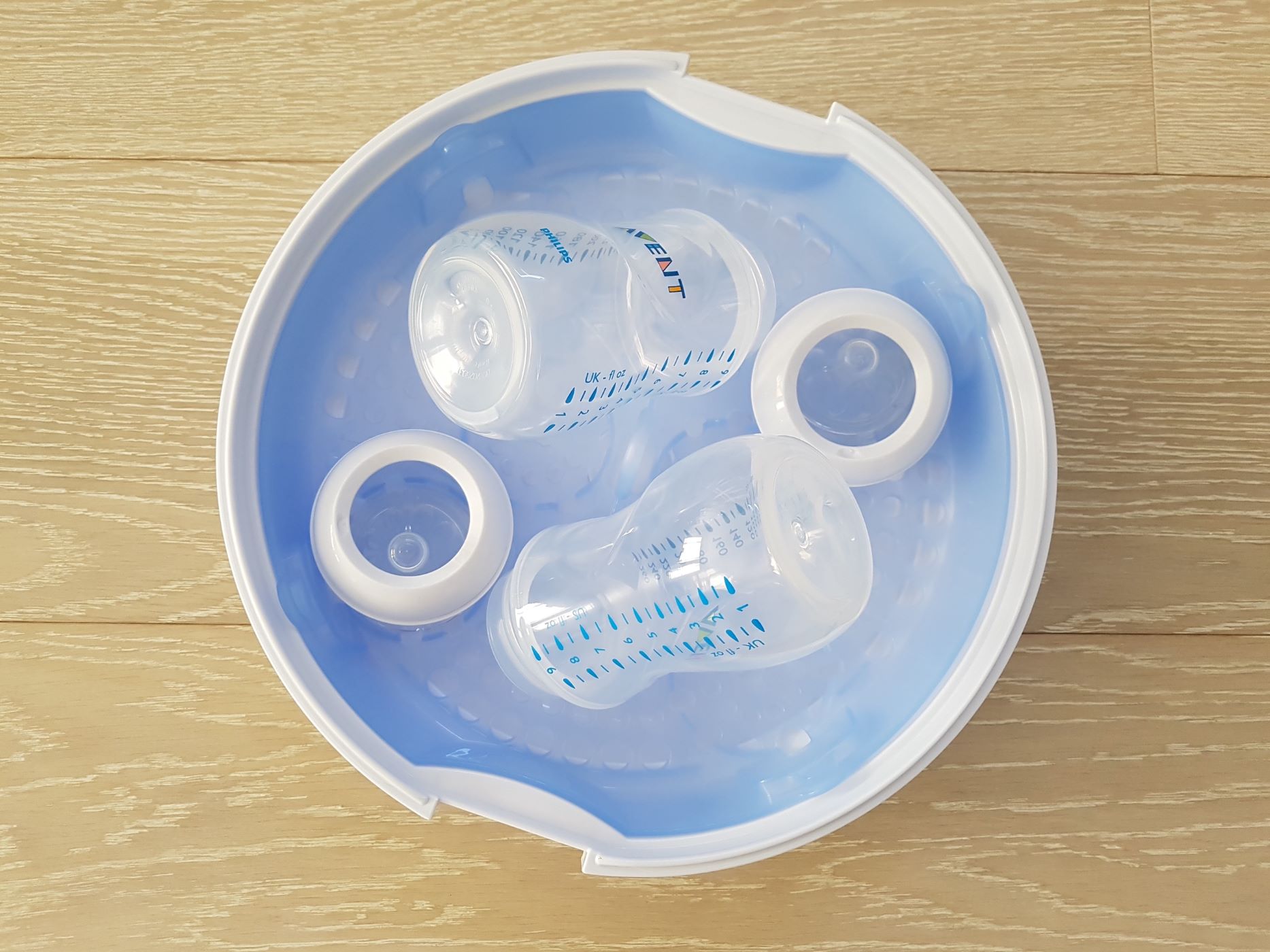
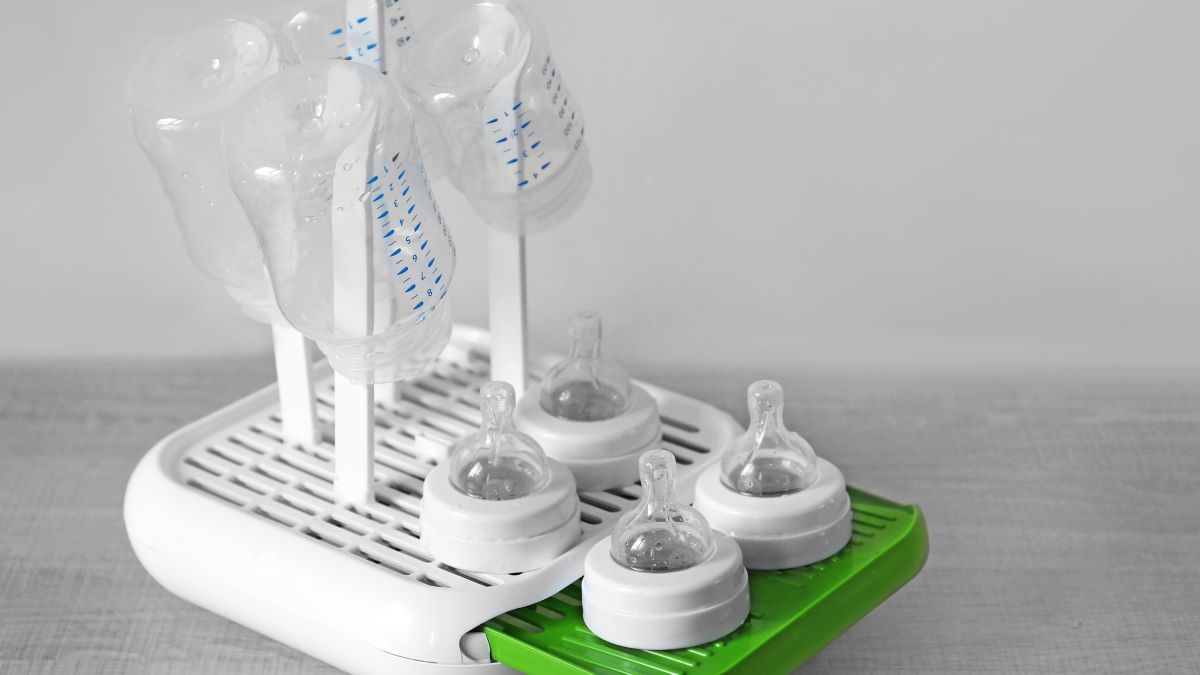
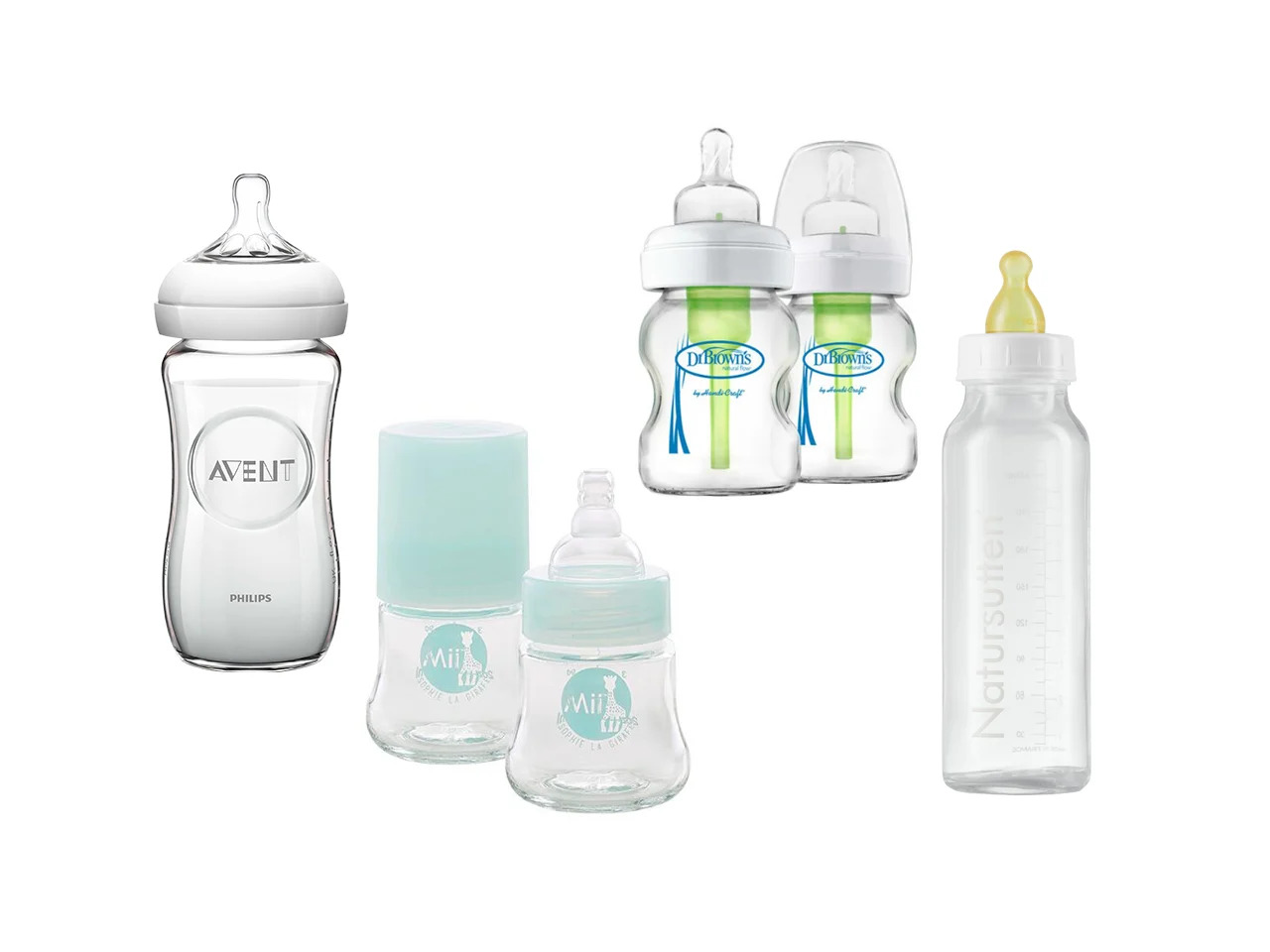
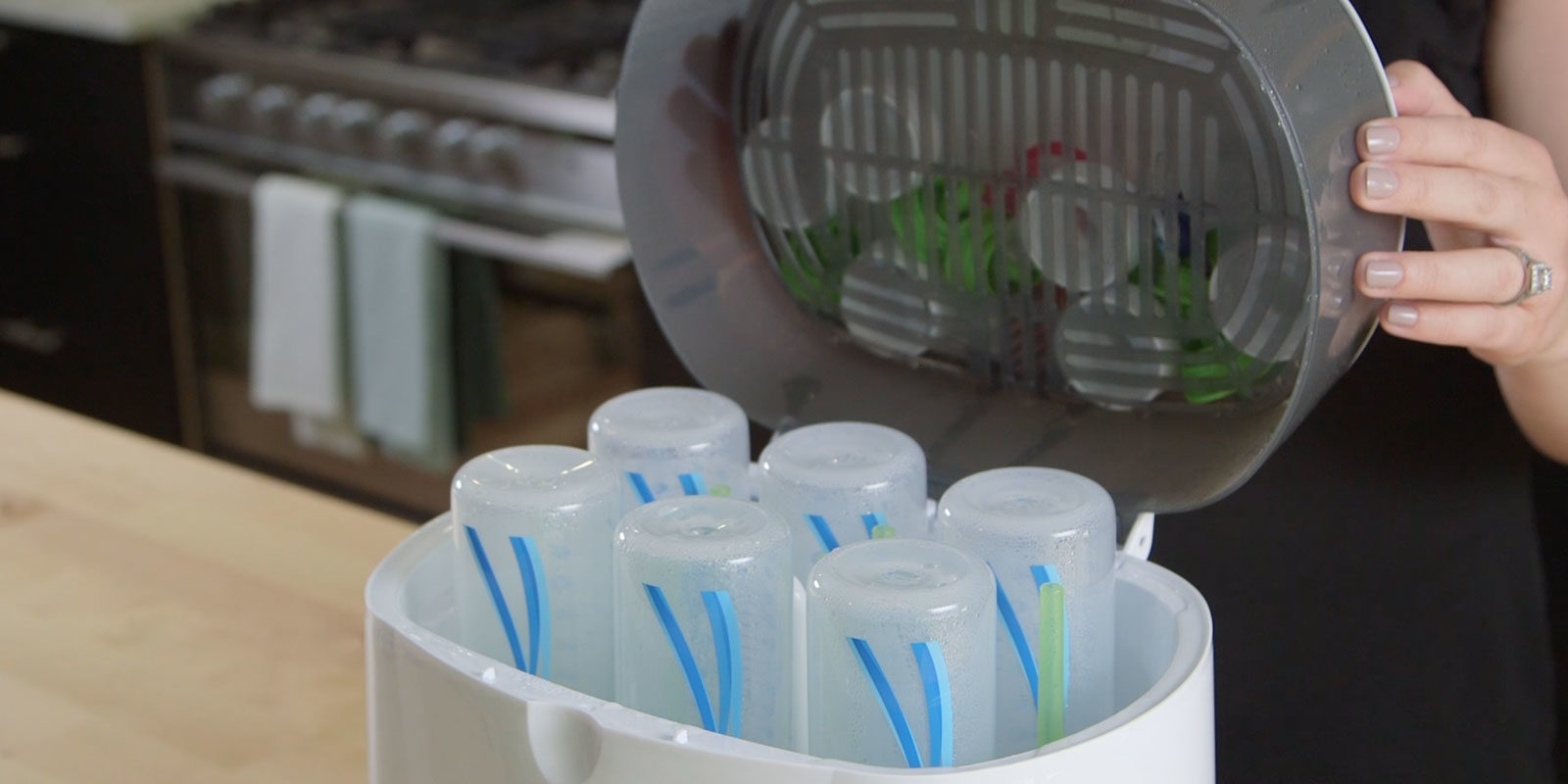
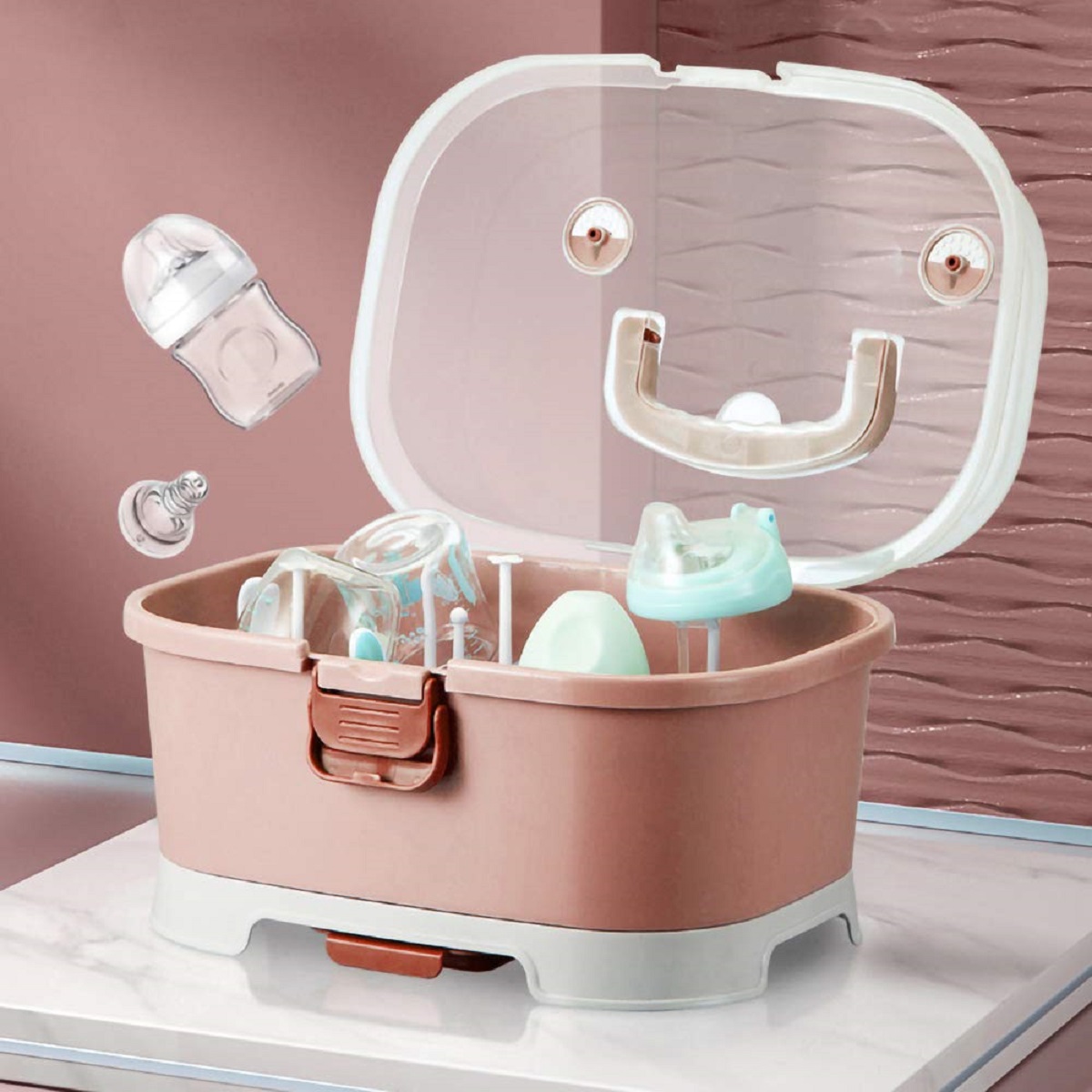
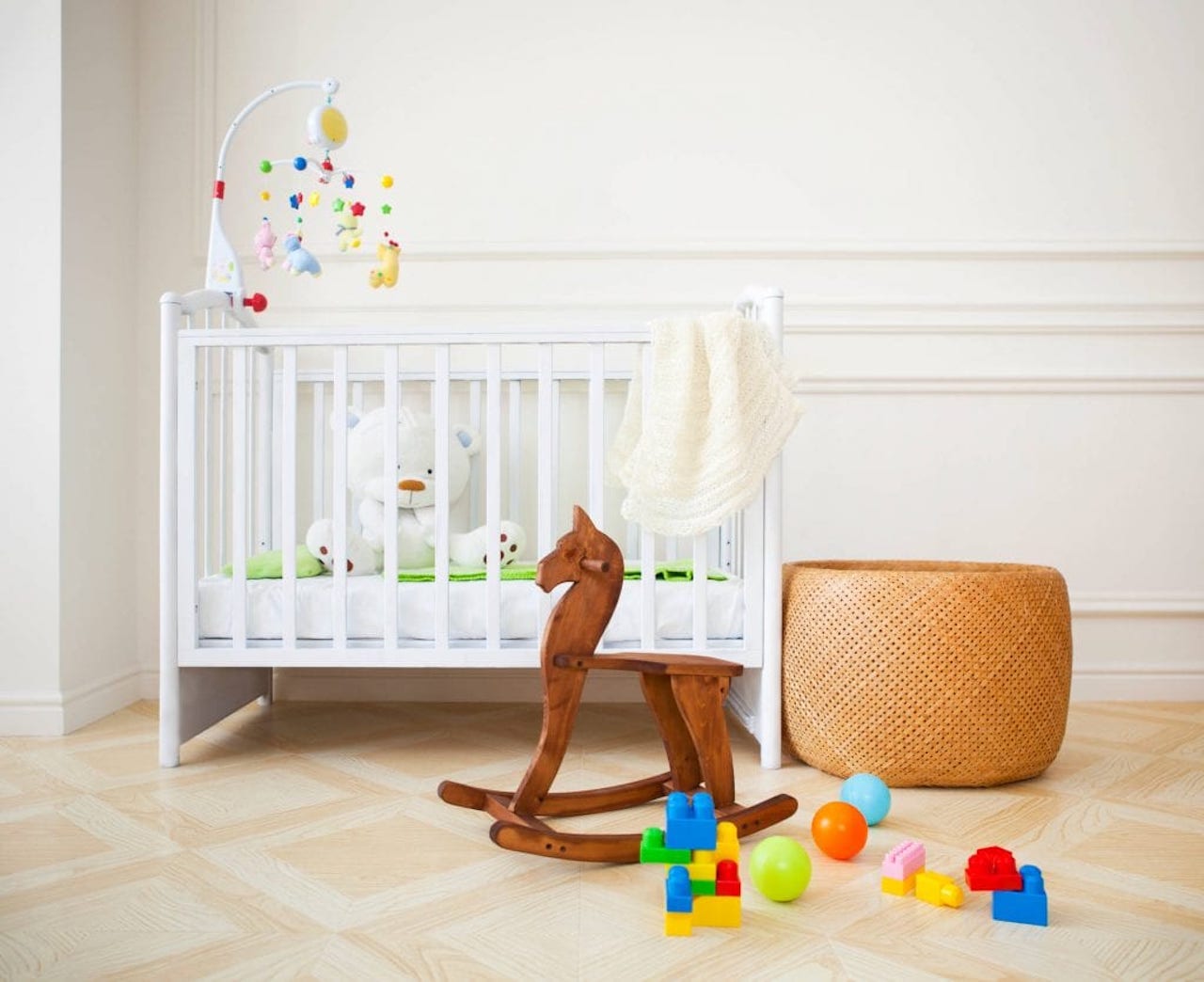
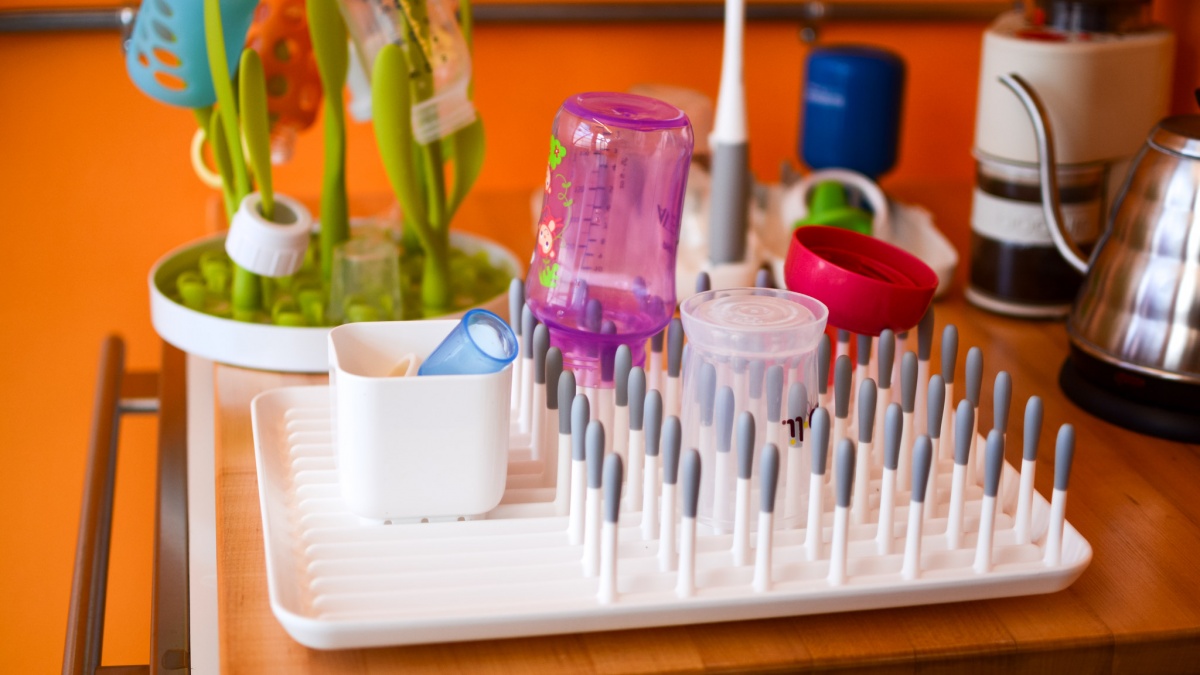
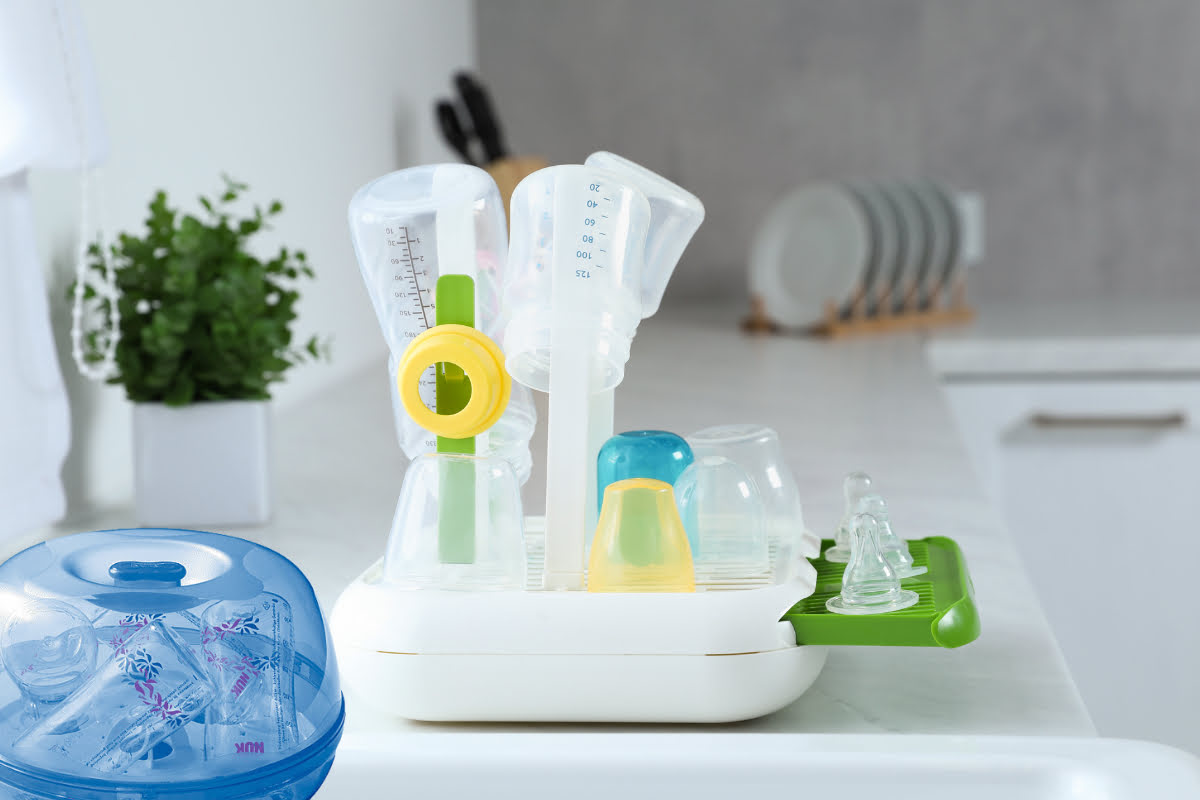
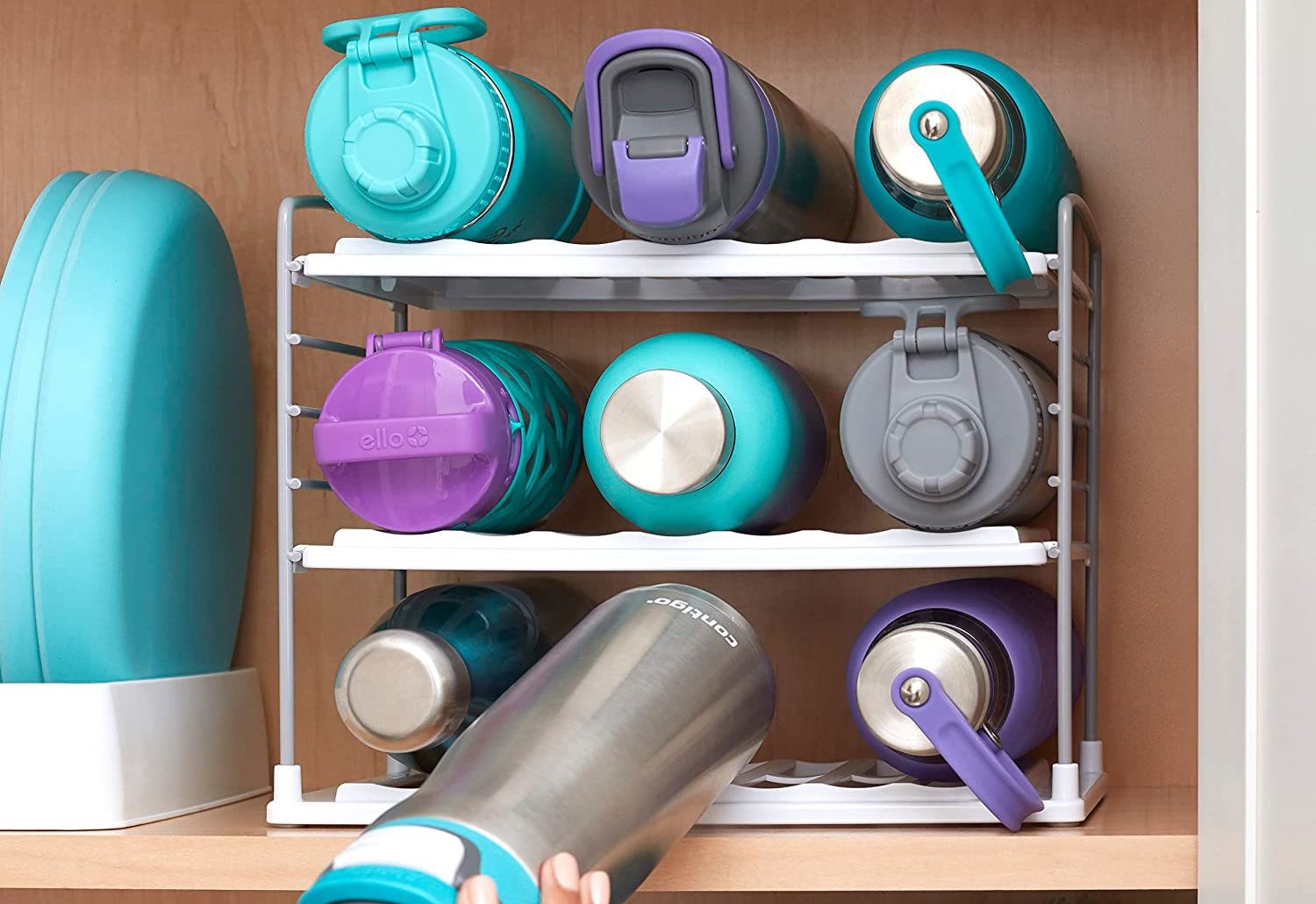
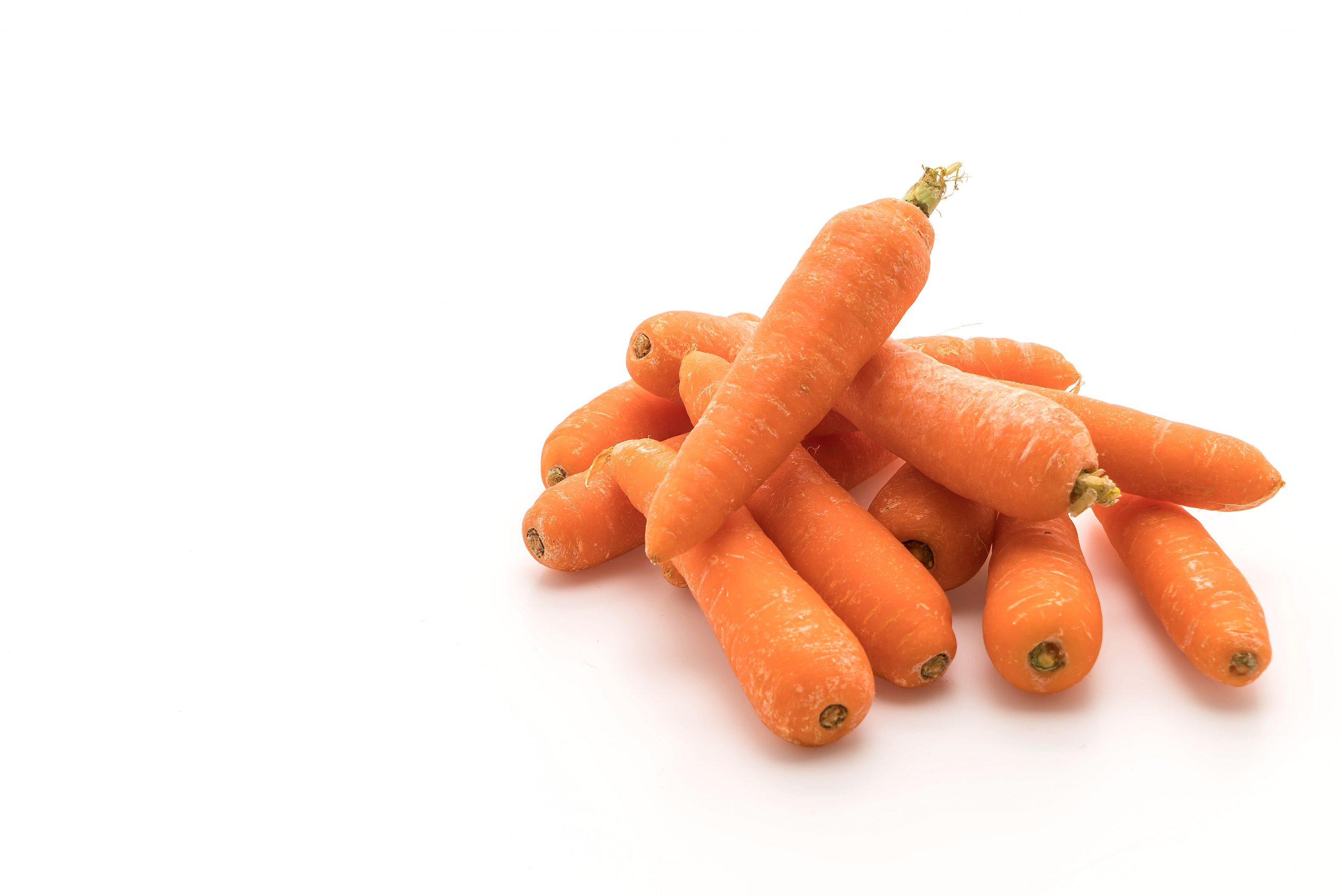
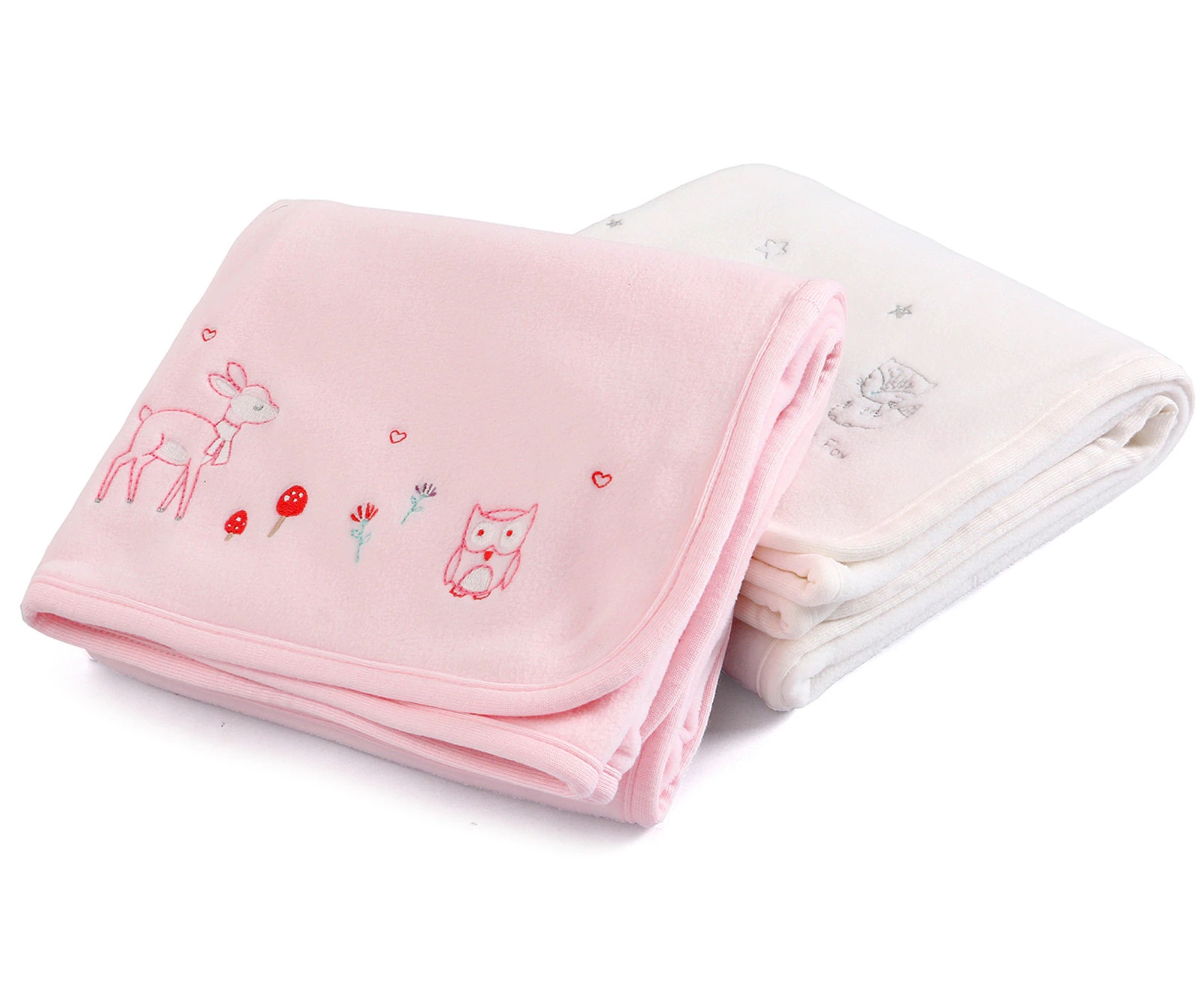
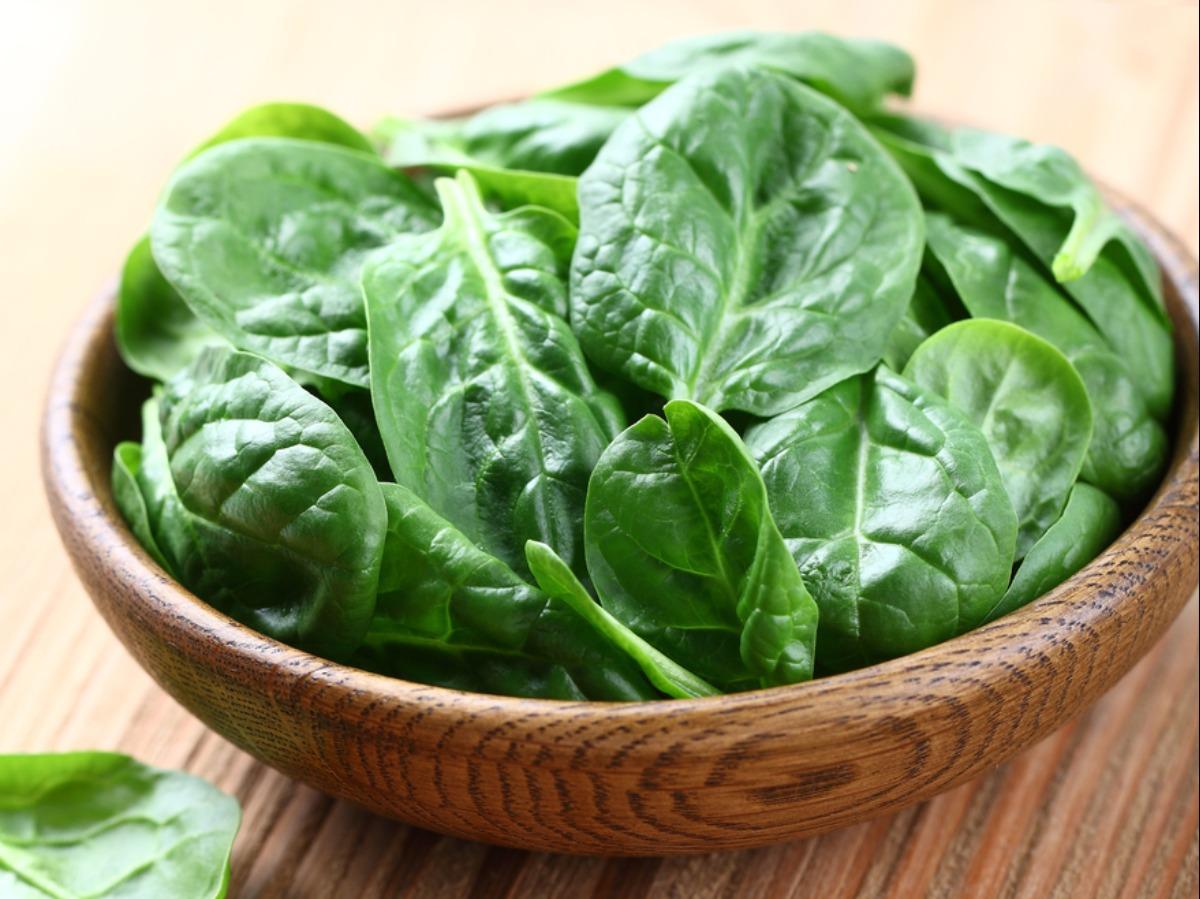
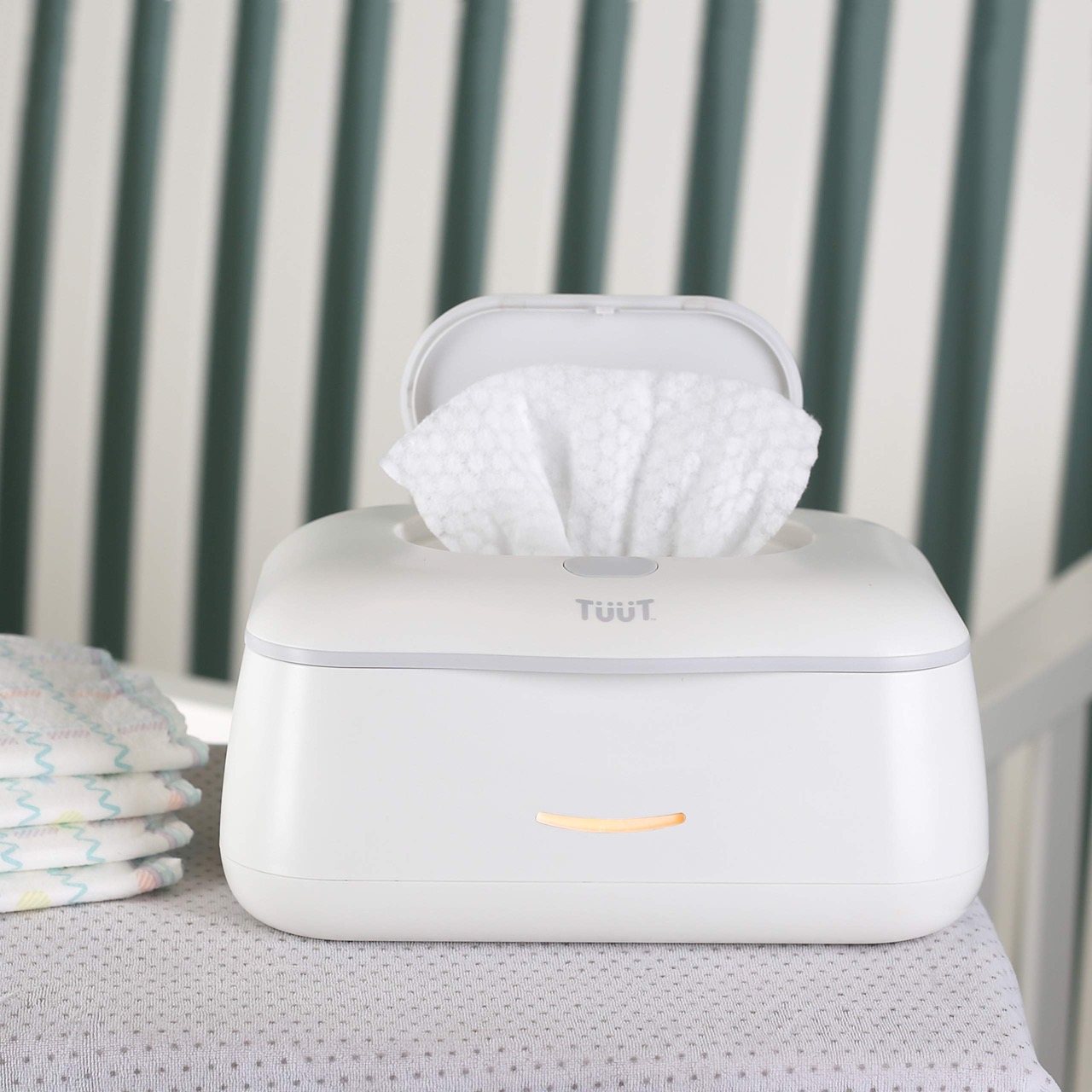
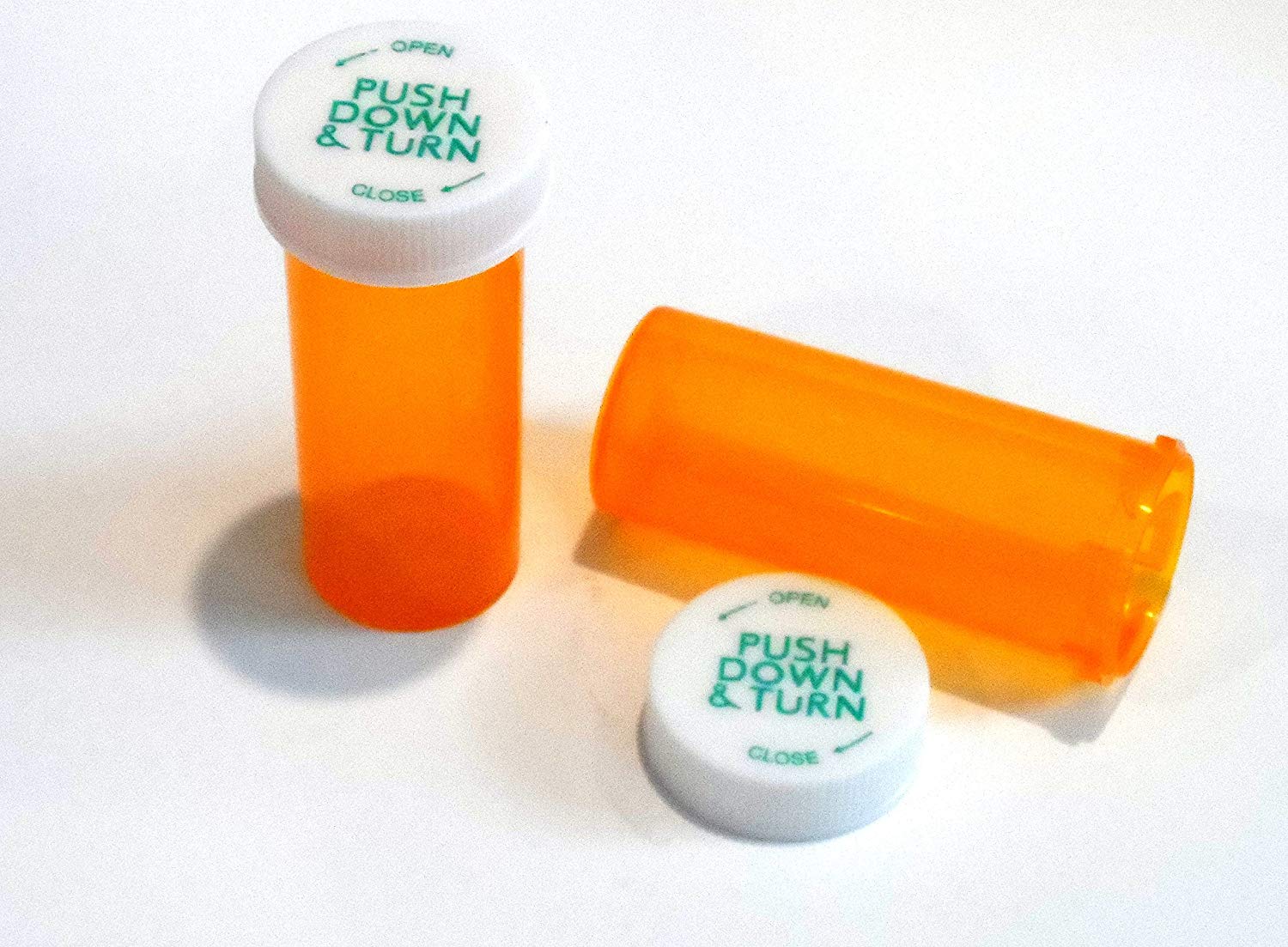

0 thoughts on “How To Store Baby Bottles”